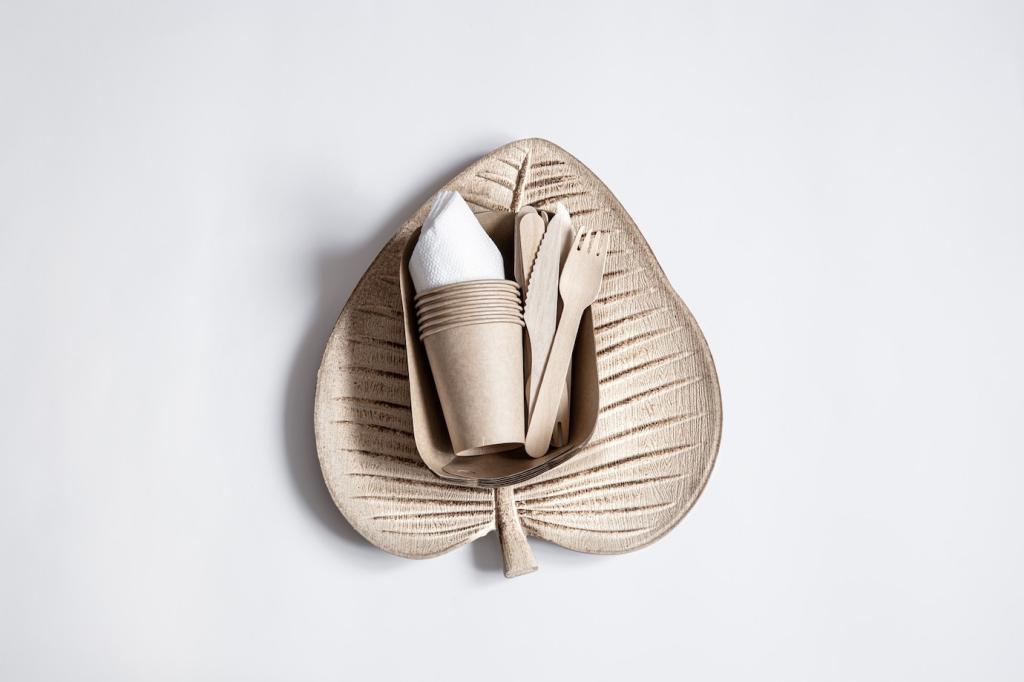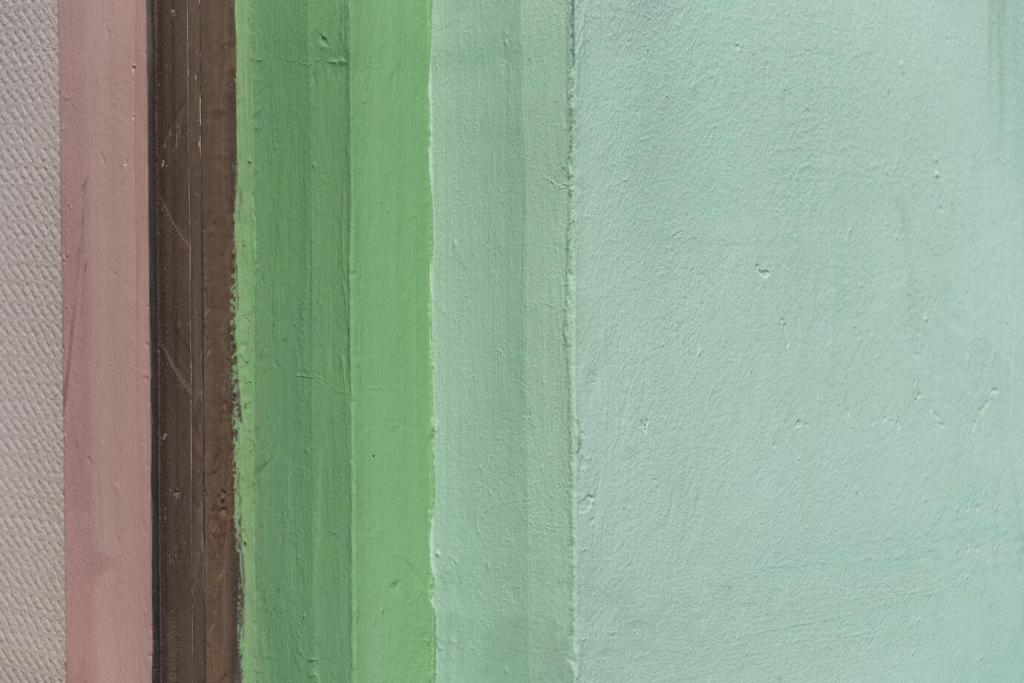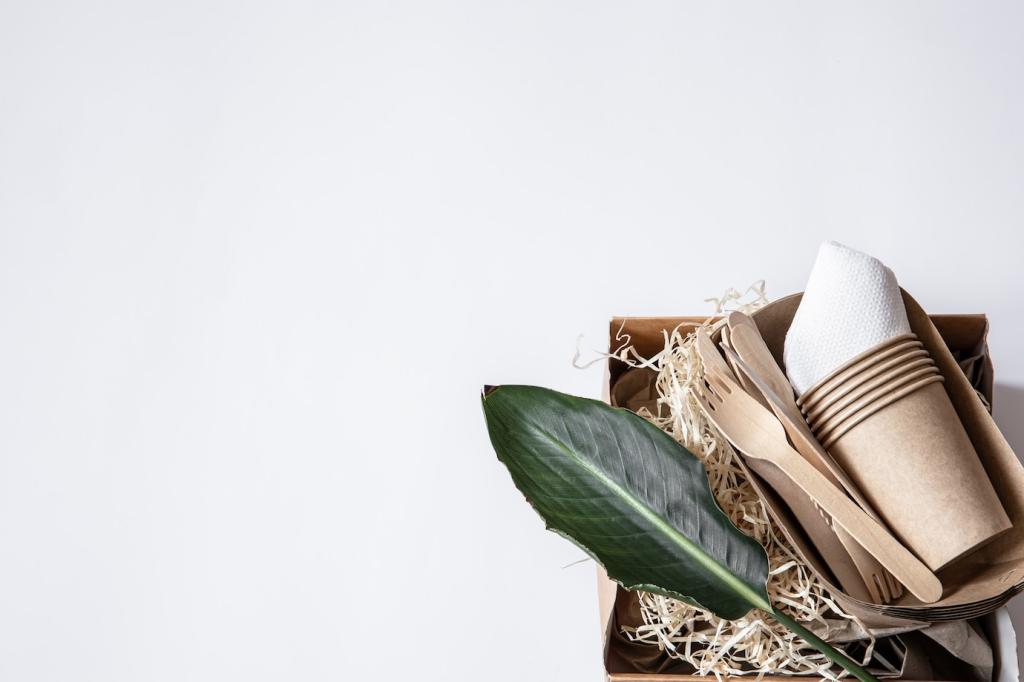Heritage Finishes, Greener Practices
Dewaxed shellac flakes dissolved in ethanol yield a quick-drying, beautifully warm finish. It spot-repairs gracefully—reflowing rather than demanding stripping—making it ideal for heirlooms. Layer thin coats, then French polish for a luminous, low-impact protective skin.
Heritage Finishes, Greener Practices
Milk paint blends casein, lime, and mineral pigments into a velvety matte that patinates with dignity. It is nearly odorless and biodegradable. Seal with natural oils or waterborne topcoats for wipe-ability while maintaining the soulful, timeworn character.






